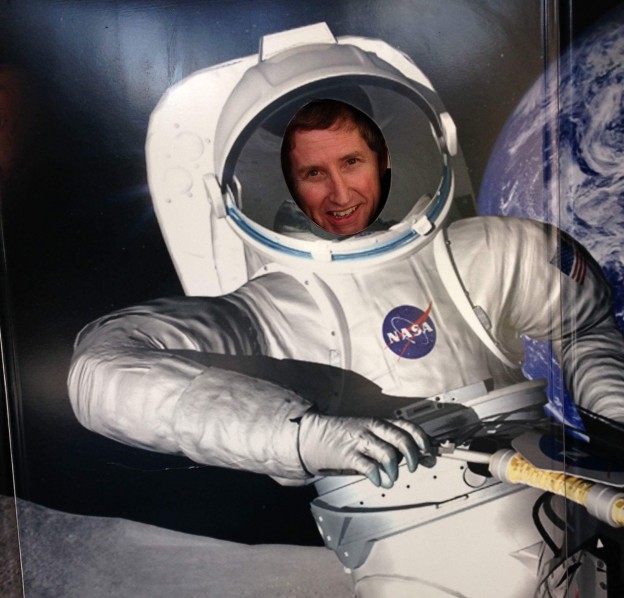MIT SDM Systems Thinking Webinar Series
Mark Jernigan, SDM ’00
Mark Jernigan, Assistant Director, Human Health and Performance Directorate, Exploration Systems Development Support, NASA; SDM Alumnus
Date: June 6, 2016
About the Presentation
In an era of increasingly bold objectives and correspondingly tight budgets, NASA is going beyond traditional mechanisms to solve problems related to space exploration. Open innovation is key. One method that NASA’s Human Health and Performance Directorate uses is Joy’s Law. Credited to Sun Microsystems co-founder Bill Joy, the law states that “no matter who you are, the smartest people always work for someone else.”
In this webinar, SDM alumnus Mark Jernigan, assistant director of NASA’s Human Health and Performance Directorate in the area of Exploration Systems Development Support, will:
- explain why relying solely on your organization’s employees can limit problem-solving and innovation—and never solve all of your customers’ needs;
- expand on Joy’s Law by discussing why it is better to create an ecology that encourages the world’s smartest people who don’t work for you to help you solve your problems—and how to do that;
- discuss mechanisms that NASA uses to incentivize outsiders to propose and develop solutions with unexpected and exciting results incurred at significantly lower investment;
- describe how his organization encourages team members to think and work “out of the box”;
- review several open innovation techniques; and
- offer information about a data-driven tool used to help overcome cultural biases impeding adoption of these techniques.
A Q&A will follow the presentation. We invite you to join us!
About the Speaker
Mark Jernigan has more than 35 years of experience at the National Aeronautics and Space Administration (NASA), where he develops and delivers hardware and software projects and advanced capabilities for human spaceflight. He recently completed a rotation as executive director of the Rice Space Institute and returned to NASA as associate director in the Johnson Space Center’s Human Health and Performance Directorate. There he manages the effort to ensure that next-generation human exploration systems and advanced technologies have the necessary capabilities to sustain the mission’s crew, meet human performance constraints, and maximize both mission safety and success. He holds a BS in aero engineering from Texas A&M University and, as an SDM alumnus, an MS in engineering and management from MIT.




